Honda reveals key data on upcoming e-car generation
At a ‘Honda 0 Tech Meeting,’ the car manufacturer stated that seven Honda 0 Series models should be on the market globally by 2030 – including small, medium and large vehicles. They will have a range “in the 300-mile class in EPA mode,” equivalent to around 482 kilometres. When calculating range, the EPA test cycle is considered slightly more conservative than the WLTP cycle. Incidentally, the electric vehicles will no longer be built in Japan, but in the US – at the Honda Marysville Auto Plant in Ohio.
According to Honda, the presentation of a third model of the new generation is planned for CES 2025 in Las Vegas. Honda presented two design studies at this year’s CES in January. Honda also confirmed the market launch of the first model in the new 0 Series for 2026 in North America. It will be the Saloon, a very low-profile electric saloon that takes visual cues from dynamic sports car designs. The carmaker emphasised that it wants to position the saloon as the flagship of the new EV family. The second already-known study is the Space-Hub, a van with a futuristic look.
However, as Auto Motor Sport and others reported, the confirmed saloon will probably be followed by SUVs in particular. A midsize SUV and an entry-level SUV are initially planned before a full-size SUV with three rows of seats and a smaller version are added.
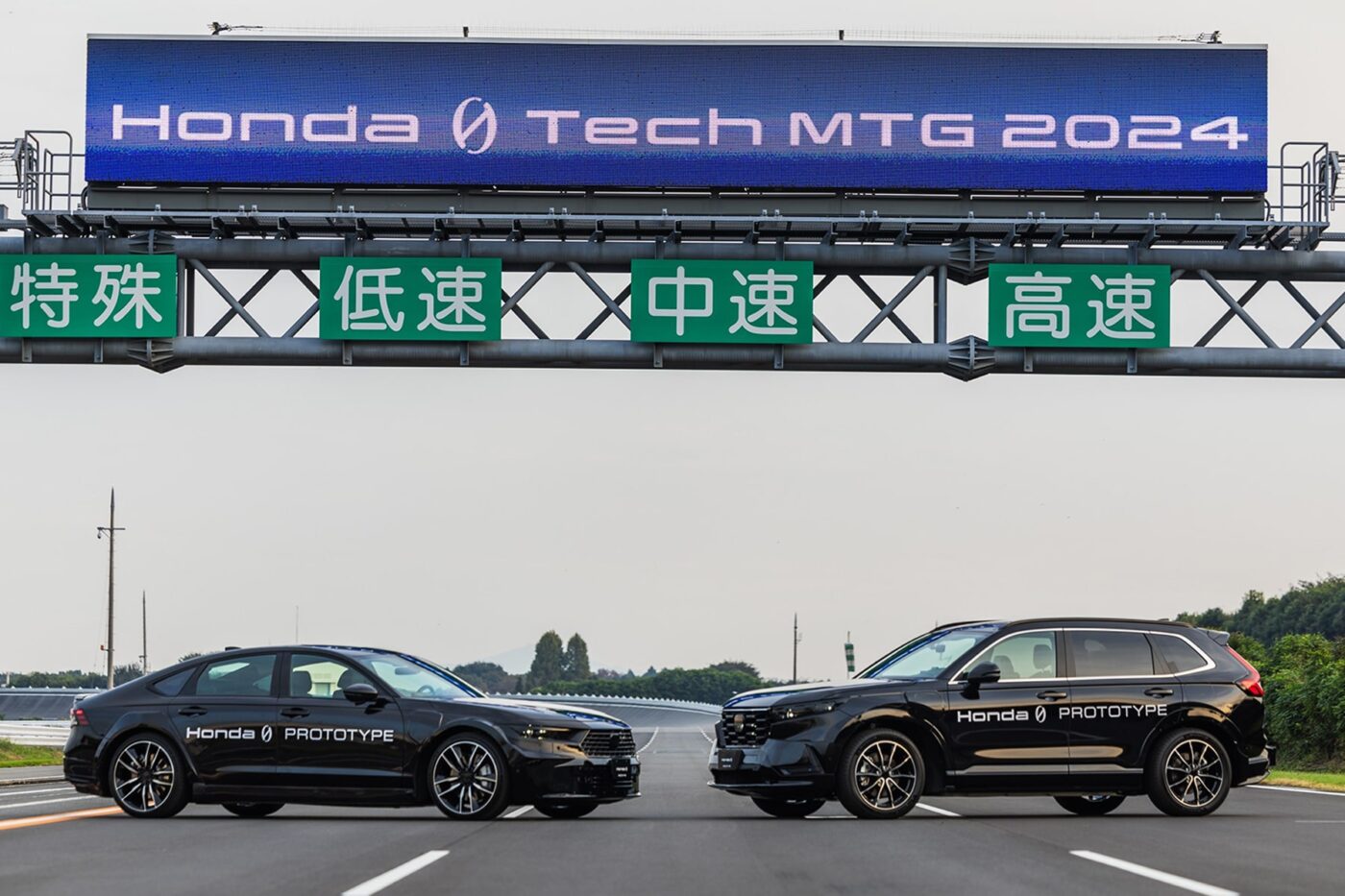
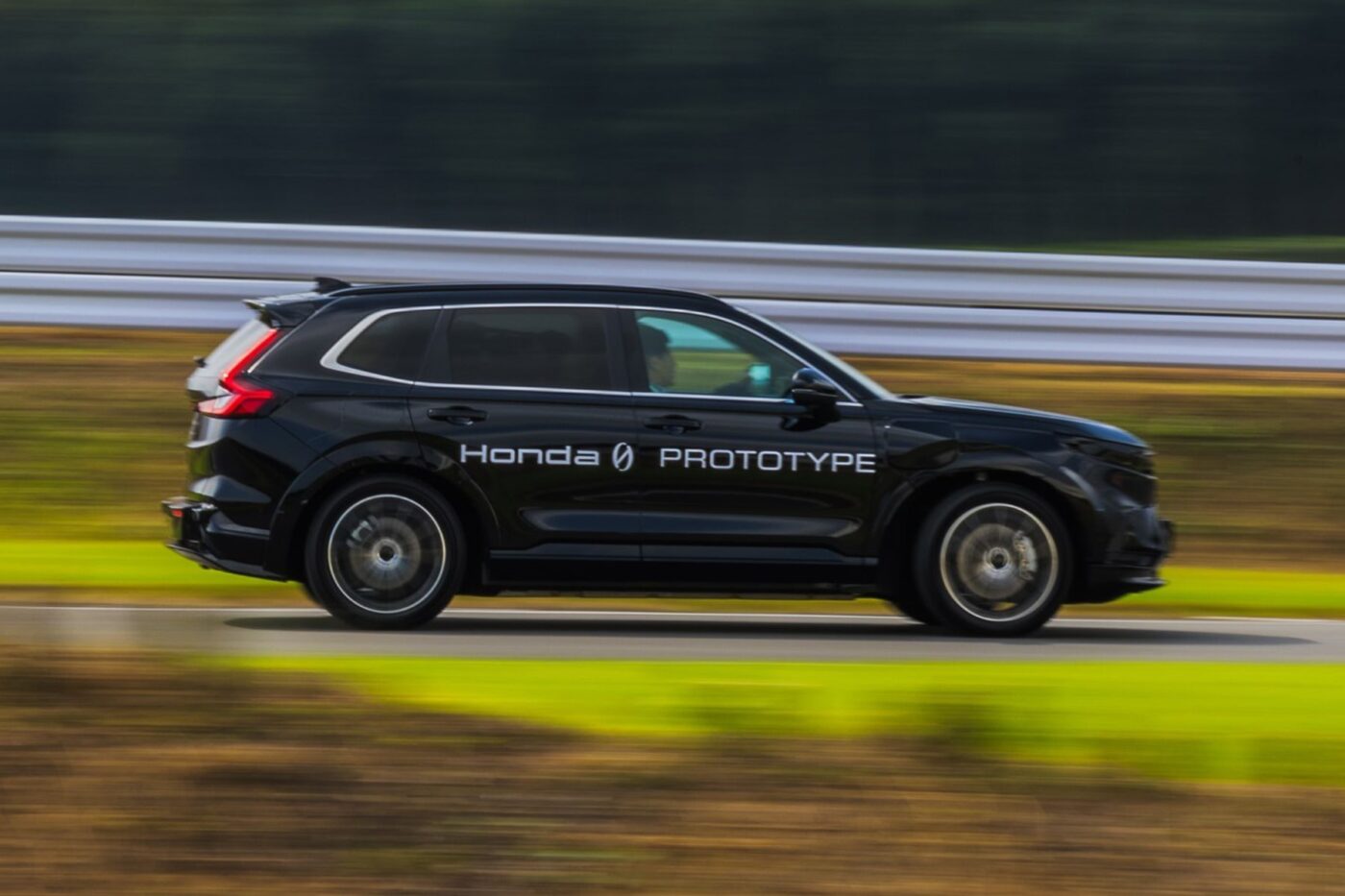
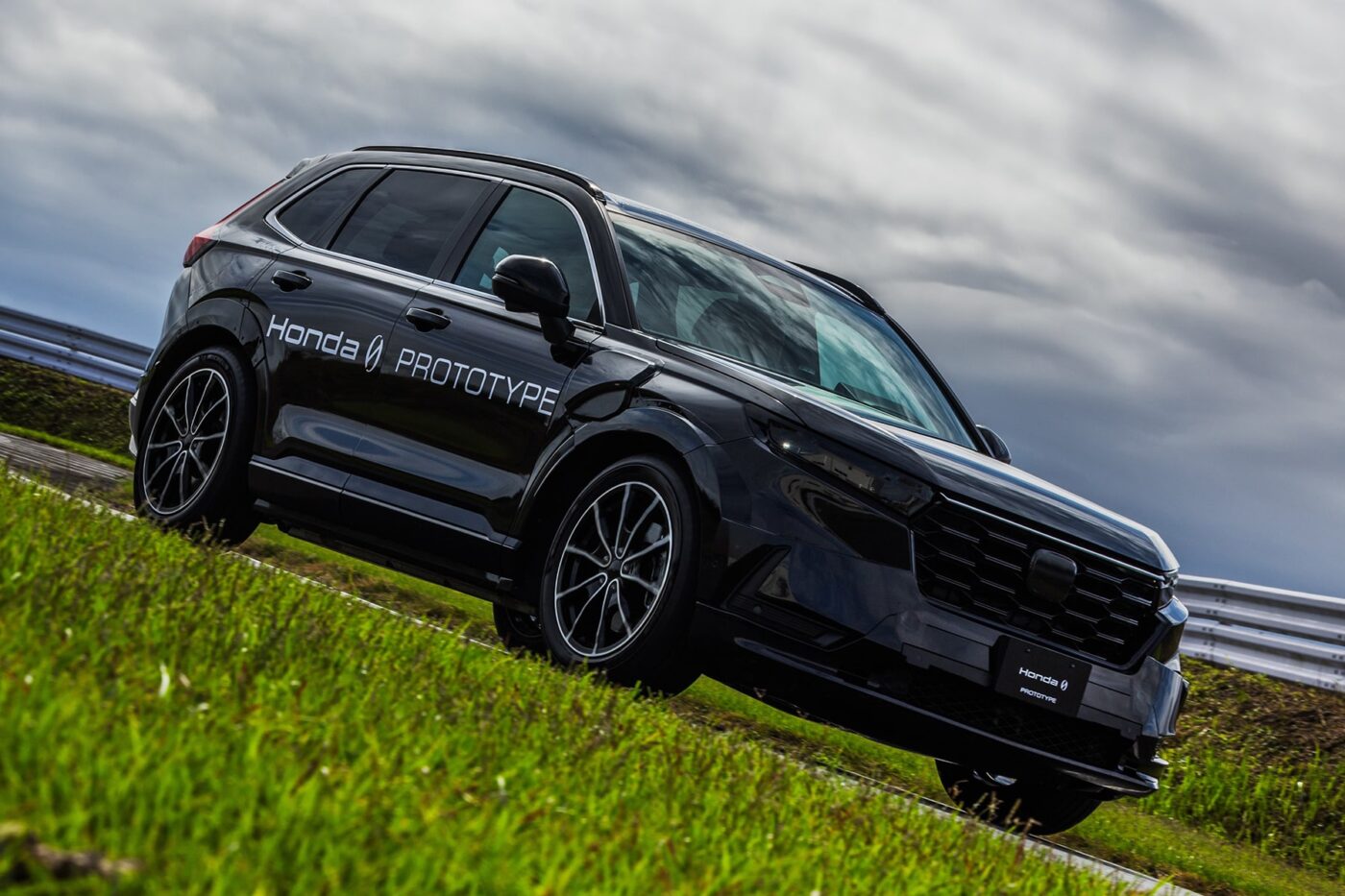
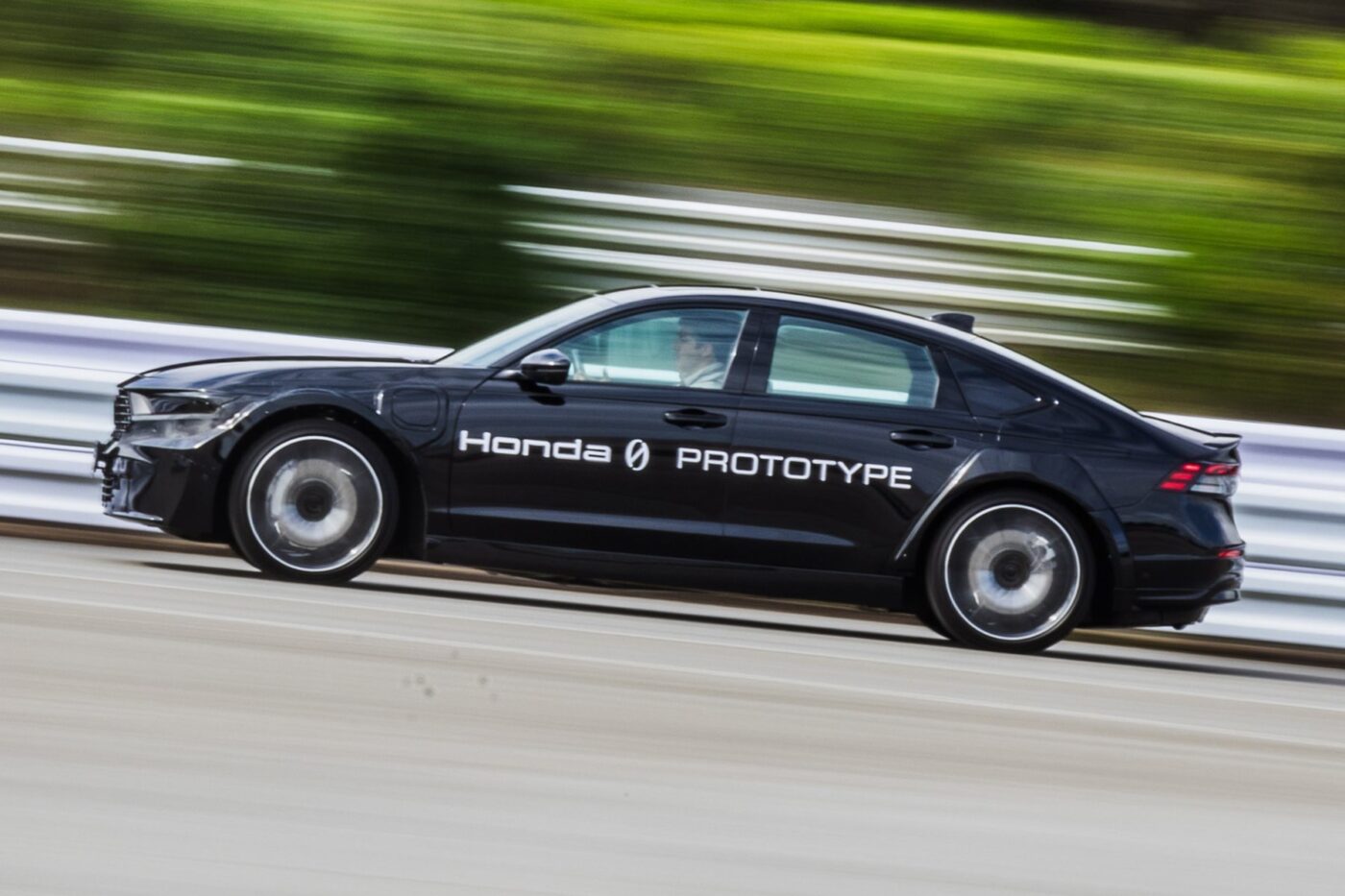
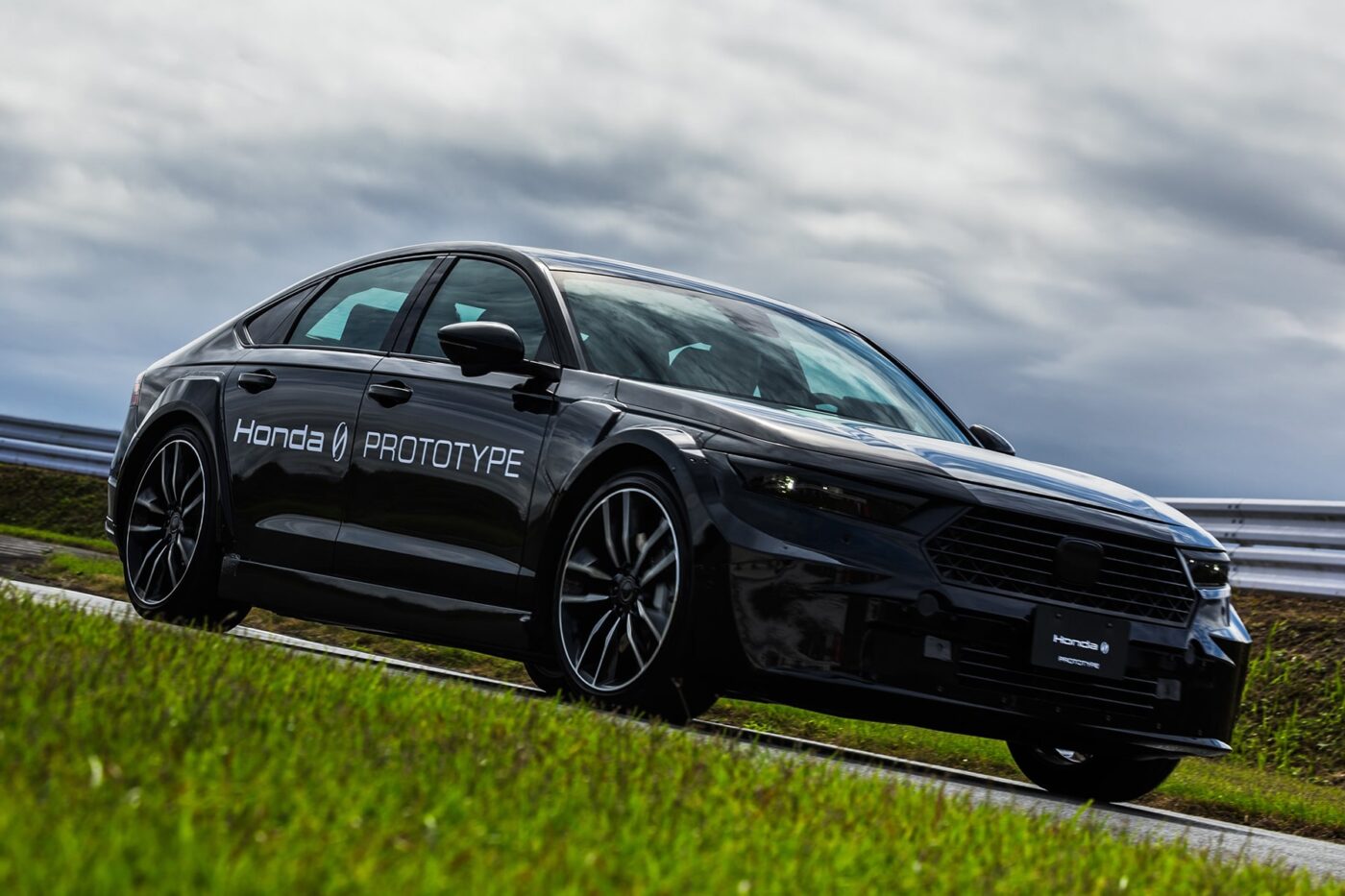
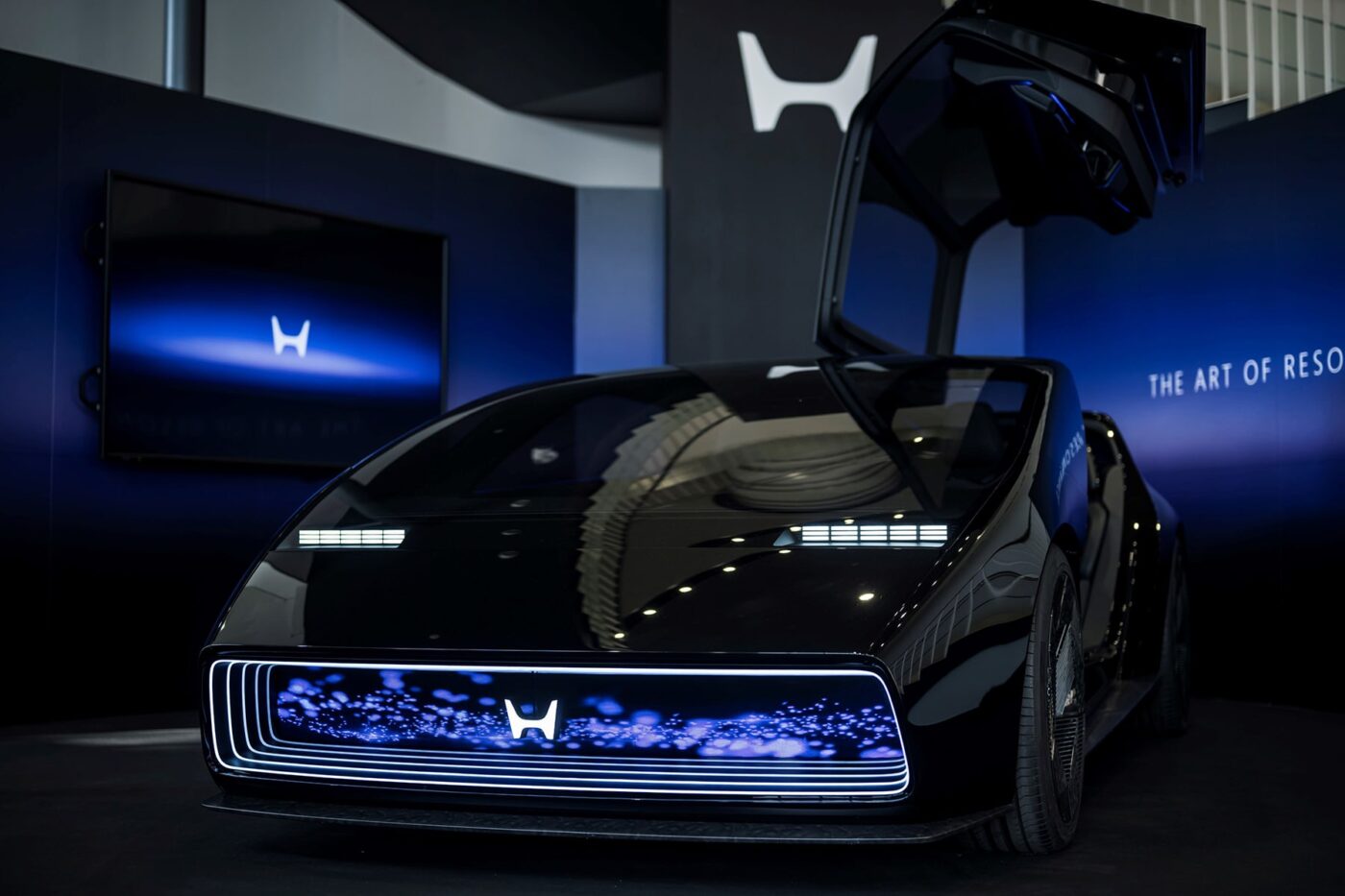
So far, Honda has only revealed rudimentary technical details. For example, the 0 Series vehicles will be based on electric axles consisting of a motor, inverter and transmission. Honda also aims to turn its cars into “software-defined vehicles (SDVs).” The Japanese company announced that instead of building heavy electric cars, it is pursuing a development approach called “Thin, Light, and Wise.” The models should thus offer”outstanding electricity efficiency performance,” lightweight batteries with high energy density and excellent aerodynamics.
Honda is now more specific in some areas. For example, the next generation of electric cars should have a low vehicle height and short overhangs while maximising the space inside. The car manufacturer wants to achieve this with a newly developed electric car platform with ‘low-floor technology’ in combination with a thin battery pack and the aforementioned compact e-axle. With regard to the latter, Honda states that the installed inverters have been reduced in size by around 40 per cent, allowing them to be positioned horizontally next to the engine. According to Auto Motor Sport, the platform will support rear and all-wheel drive and house a 180 kW engine as the main power unit, which can be combined with a 50 kW engine at the front.
Regarding the battery, it is said that its housing is around 6 per cent thinner than the housings previously used by Honda, thanks to mega-casting and 3D friction stir welding. And, “by adopting a body structure which is designed to disperse the impact of a collision, the extra space needed to protect the battery will be reduced, which will result in a larger area available for mounting a battery.” All of this should contribute to the interior dimensions. In addition, Honda is endeavouring to limit the reduction in battery capacity to less than 10 per cent after ten years of use.
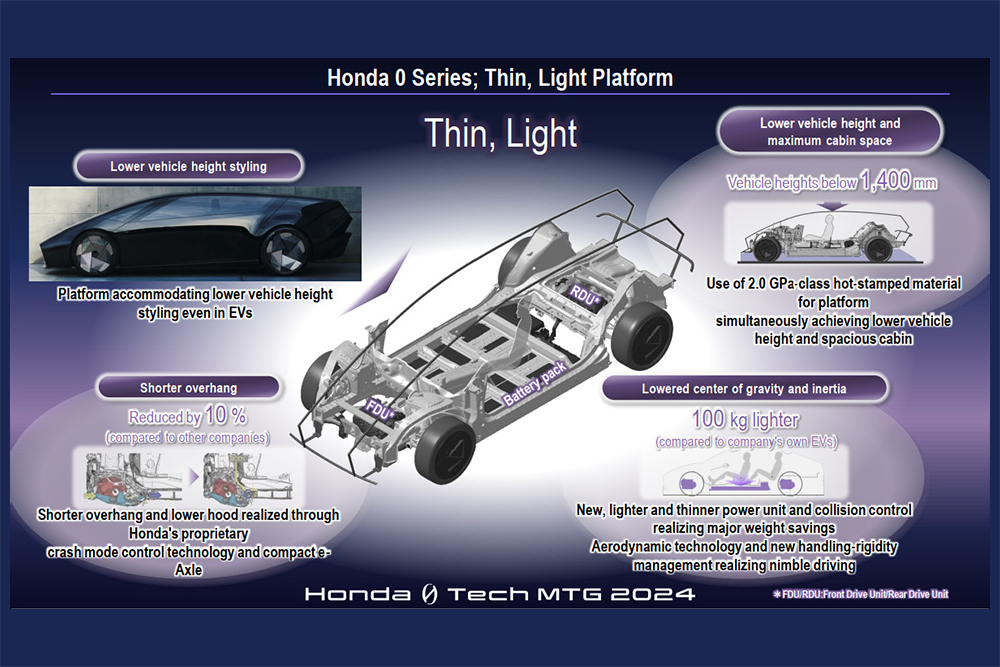
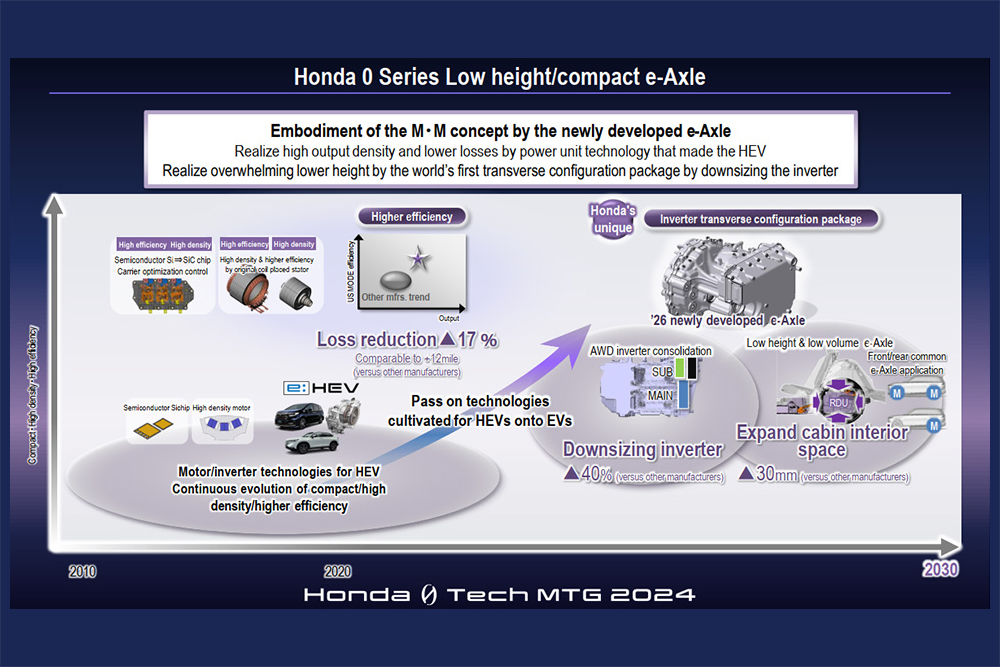
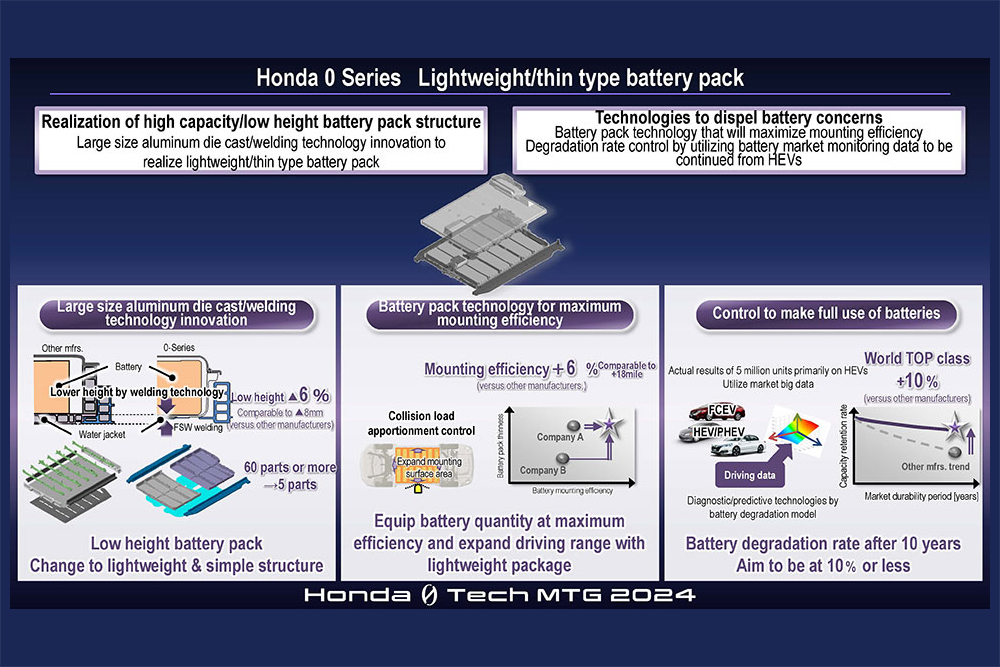
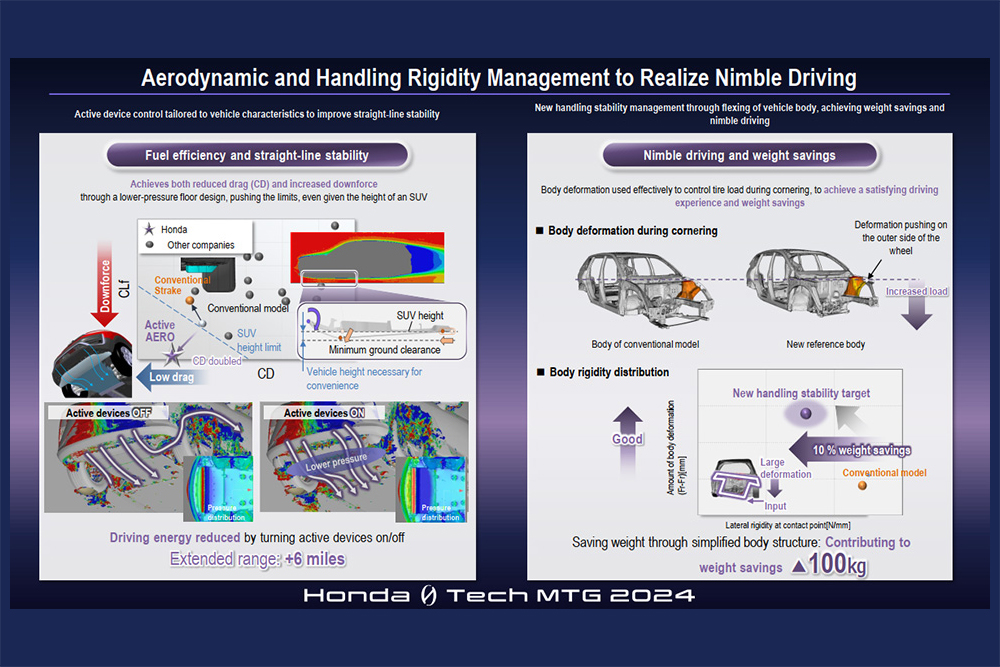
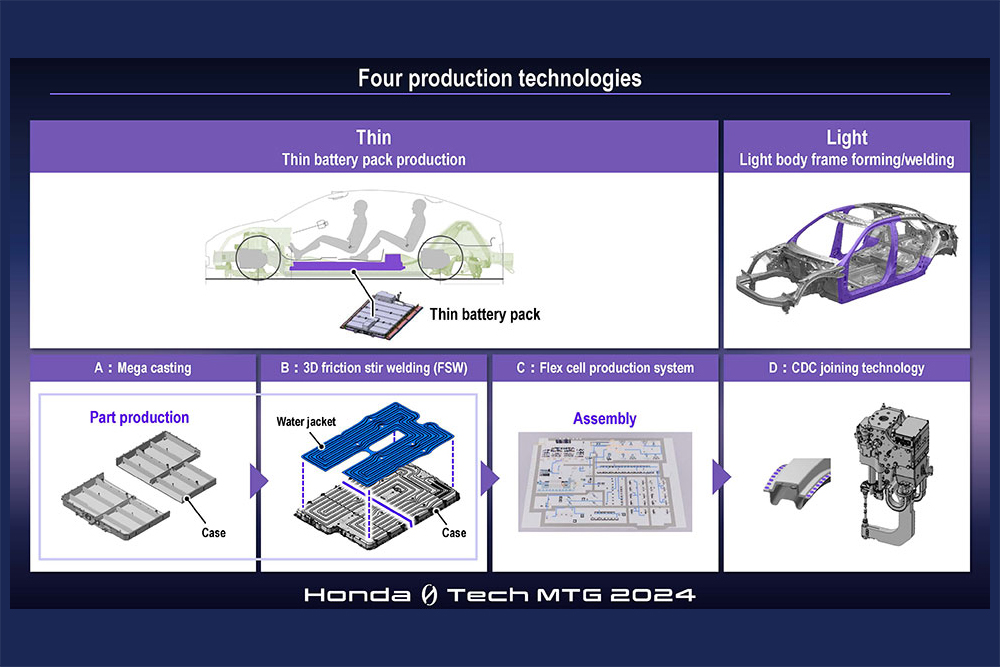
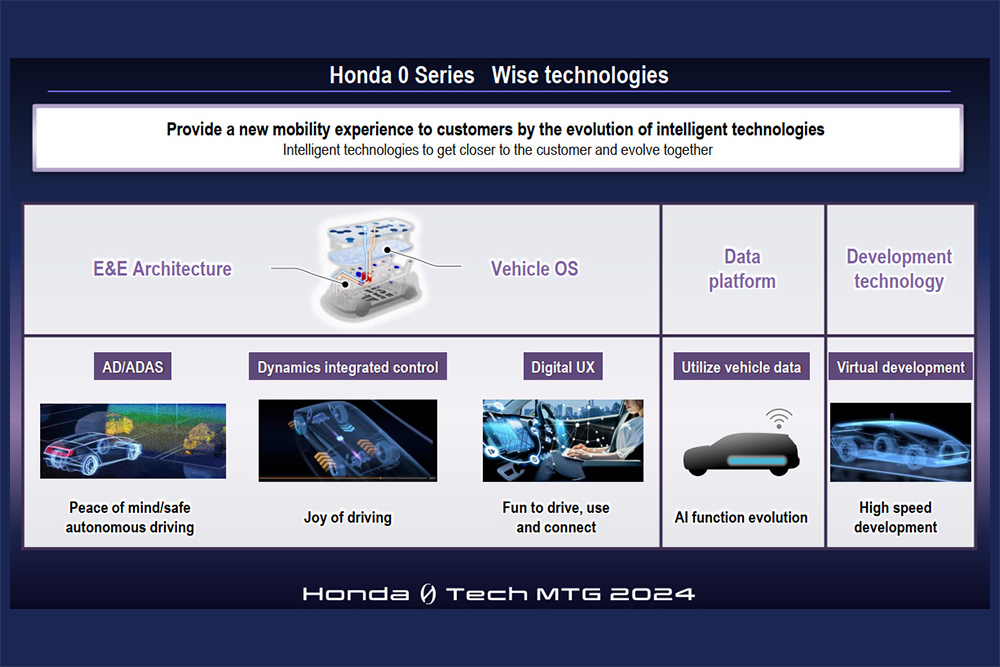
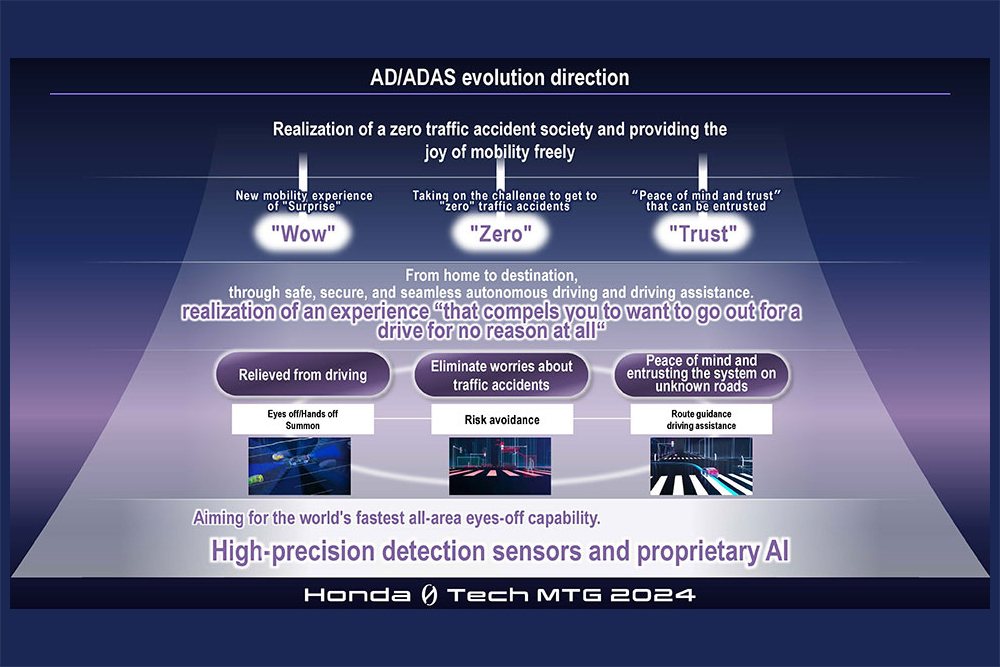
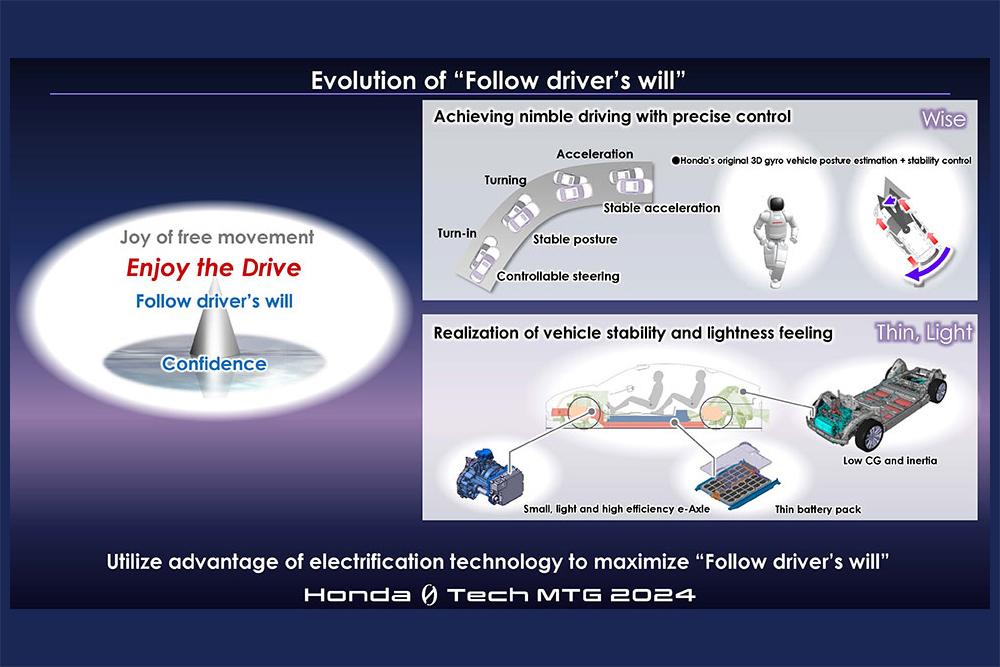
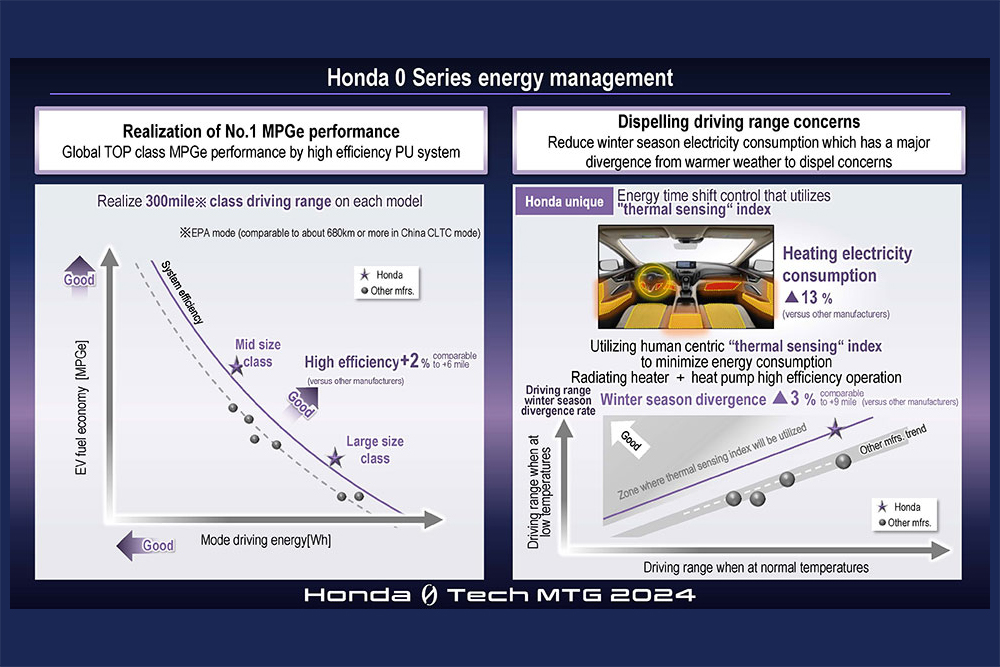
According to Honda, the mega-casting process should also help reduce the number of parts used to build the battery housing from over 60 to 5. In this context, the Japanese also state that they want to further exploit these production technologies, “including the expansion of the application to large aluminium casting body frame parts in the future.”
Honda also promised a major development step for the energy management of the 0 Series. By combining the proven Honda battery management system with a newly developed thermal management system – which also includes battery temperature control – the models should be comfortable and efficient. Core elements of the system include a heat pump and a heater that warms the passenger compartment with radiant heat.
As far as the focus on software is concerned, Honda wants to develop its own vehicle operating system. The Honda 0 Series models “will be equipped with a system that enables the expansion of the range of driving conditions where driver assistance and Level 3 automated driving (eyes-off) will be available.” To this end, Honda says it will increasingly focus on LiDAR-based sensors, high-resolution cameras and installing a control unit compatible with an original Honda AI and sensor fusion.

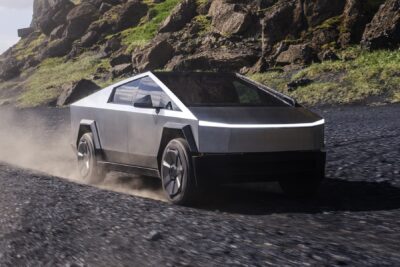
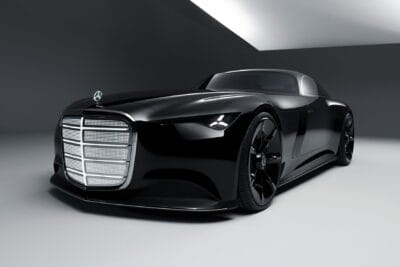
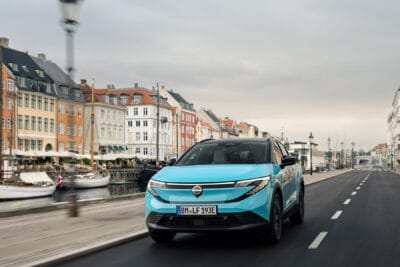
0 Comments